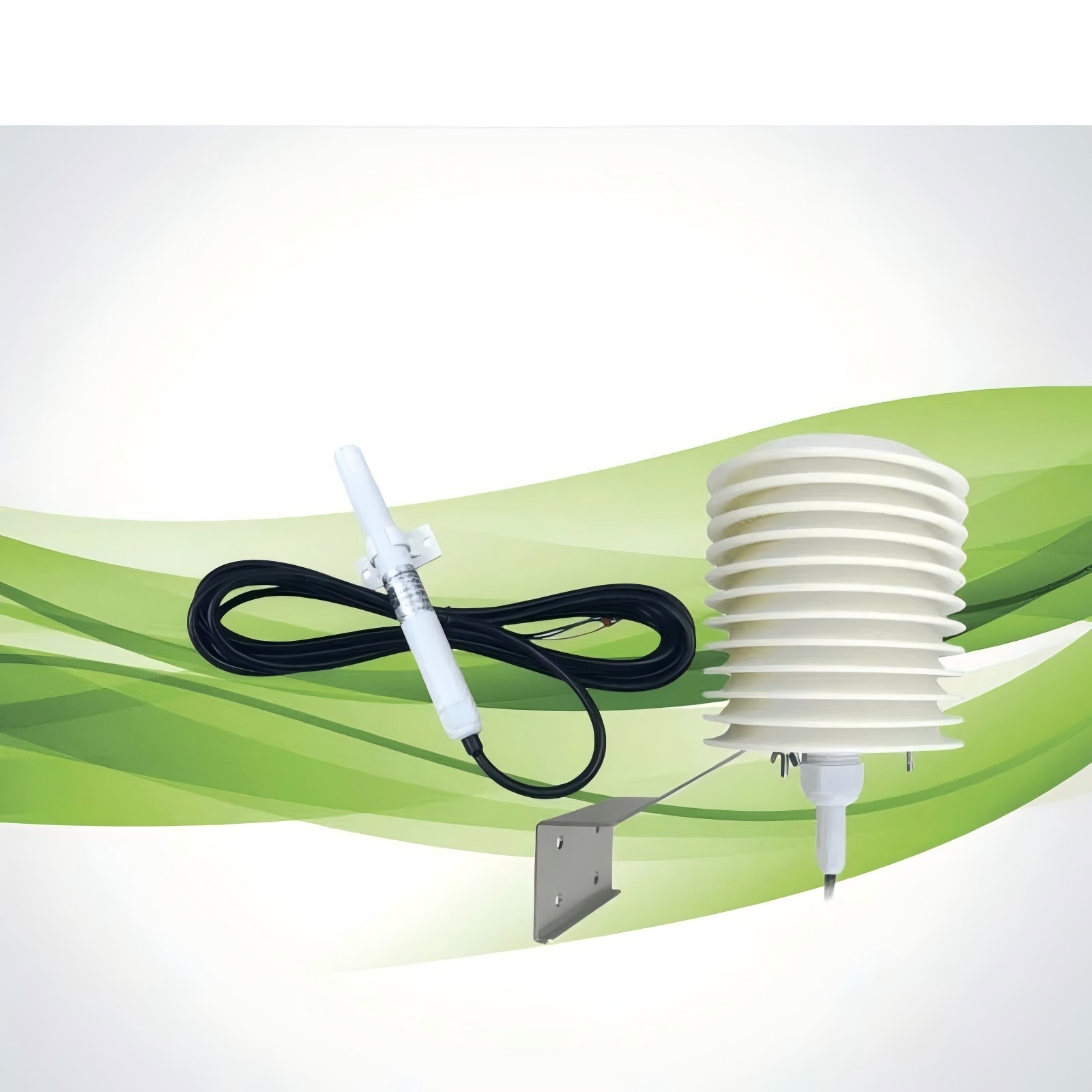Measuring air temperature accurately is crucial in many fields, from weather forecasting to climate research, agriculture, and environmental monitoring. The sensor you choose for this purpose can significantly impact the precision and reliability of the data you collect. In this article, we will look at the best sensor for measuring air temperature. We will compare different types of temperature sensors and discuss their benefits and uses.

Several types of sensors are used to measure air temperature, each with its unique features. Below are the most commonly used temperature sensors and their advantages:
A thermocouple consists of two dissimilar metal wires joined at one end. When heated, the junction of the two metals generates a voltage that can be correlated to temperature. Thermocouples can measure a wide range of temperatures. They respond quickly, which makes them good for both high and low temperatures.
Advantages:
Wide temperature range (can measure temperatures from -200°C to +2000°C)
Fast response time
Durable and rugged
Disadvantages:
Requires calibration for accurate measurements
Less precise compared to other sensors at lower temperatures
Applications:
Thermocouples are commonly used in industrial applications, such as monitoring temperature in furnaces or combustion chambers. They work well for extreme temperatures. However, they are not the best for measuring normal air temperatures in controlled spaces.
RTDs use the fact that the resistance of certain metals (commonly platinum) changes with temperature. As the temperature goes up, the metal's resistance increases in a straight line. This allows for very accurate temperature readings.
Advantages:
High accuracy and stability
Excellent linearity and repeatability
Suitable for precise and continuous temperature monitoring
Disadvantages:
More expensive than thermocouples
Slower response time compared to thermocouples
Applications:
RTDs are often used in applications requiring precise and reliable temperature measurement, such as in laboratory environments, environmental monitoring, and HVAC systems. Their high accuracy makes them an ideal choice for air temperature measurement in controlled settings.
Thermistors are temperature-sensitive resistors made from ceramic materials. Unlike RTDs, which have a linear response, thermistors exhibit a non-linear relationship between resistance and temperature. They are very sensitive to temperature changes in a certain range. This makes them good for measuring air temperatures in moderate conditions.
Advantages:
High sensitivity and accuracy within a specific temperature range
Cost-effective
Small and compact design
Disadvantages:
Non-linear response (requires calibration or compensation)
Limited temperature range (typically between -50°C and +150°C)
Applications:
Thermistors are commonly used in household appliances, medical devices, and environmental monitoring systems. They are particularly effective for measuring air temperature in rooms, refrigerators, and HVAC systems, where temperature fluctuations are minimal.
Infrared (IR) sensors measure temperature without making physical contact with the object. They detect the infrared radiation emitted by an object and convert it into a temperature reading. These sensors are great for measuring air temperature in places where contact sensors can't be used. They are also useful for quick temperature readings.
Advantages:
Non-contact measurement
Fast response time
Can measure temperature at a distance
Disadvantages:
Affected by environmental factors like humidity, dust, and surface reflectivity
Less accurate at measuring ambient air temperature unless calibrated
Applications:
Infrared temperature sensors are often used in industrial applications, such as monitoring equipment temperatures or in safety systems. They are also used to measure body temperature without invasive methods in medical settings. However, they may not be as accurate for measuring air temperature in a controlled environment.
Digital temperature sensors are sensors that give a direct digital output. This output can be a voltage or signal that shows the temperature. These sensors use semiconductor technology. They are usually very accurate and easy to connect to microcontrollers or data systems.
Advantages:
Simple to use with digital output
Low power consumption
Reliable and accurate, often with built-in calibration
Disadvantages:
May not be suitable for extreme temperature ranges
May require additional circuitry in some cases
Applications:
Digital temperature sensors are widely used in various applications such as weather stations, home automation systems, and portable environmental monitoring devices. Manufacturers often use them in small, consumer-grade devices because of their compact size and easy integration.
For most general uses of air temperature measurement, Resistance Temperature Detectors (RTDs) and thermistors are good choices. They are known for their high accuracy, stability, and easy integration.
RTDs are great for accurately and continuously checking air temperature in controlled places, like weather stations and labs.
Thermistors are a great option for applications requiring cost-effective solutions with high sensitivity in moderate temperature ranges.
For applications where non-contact measurement is necessary, infrared sensors provide a fast, if less accurate, alternative. Thermocouples work well in high temperatures. However, they are not the best option for measuring air temperature in normal settings. This is because they are not as precise.
The best air temperature sensor depends on your needs. Consider factors like accuracy, response time, cost, and the environment.
Discover how real-time weather station data impr
Discover how Automatic Weather Stations (AWS) ar
Discover how CODA gas sensors are the invisible
Contact: Molly
Phone: +86-17775769236
Tel: 86-0731-85117089
Email: molly@codasensor.com
Add: Building S5, Aux Square, Yuelu District, Changsha City, Hunan Province, China
We chat